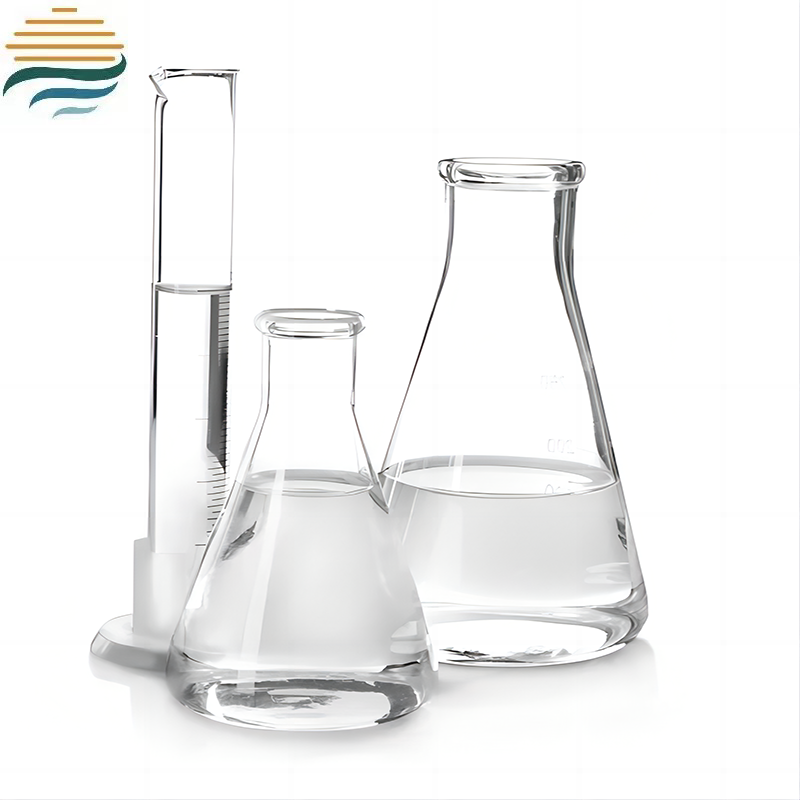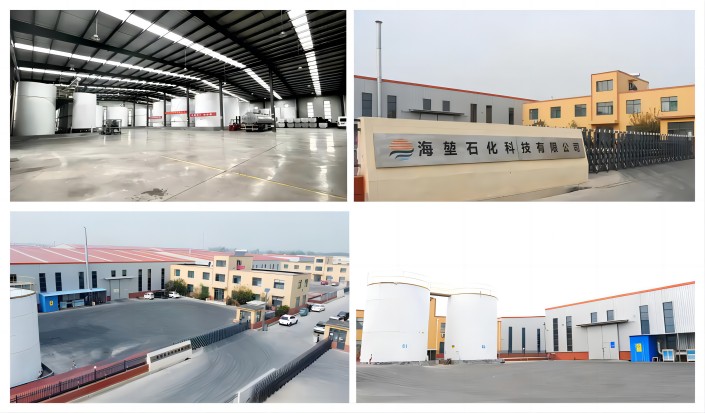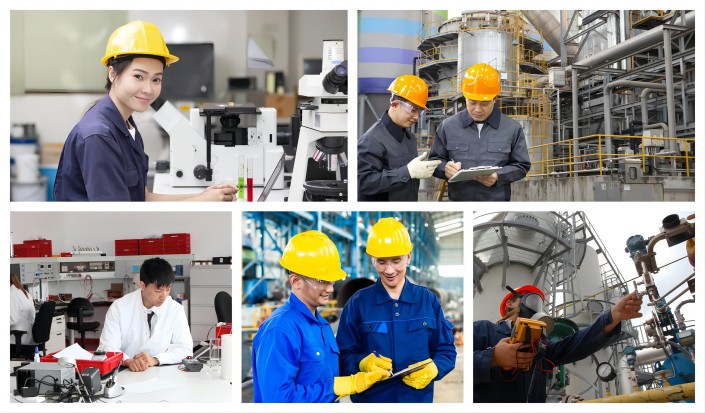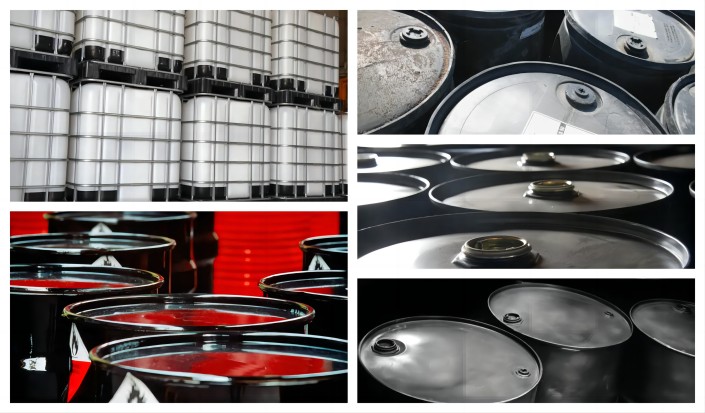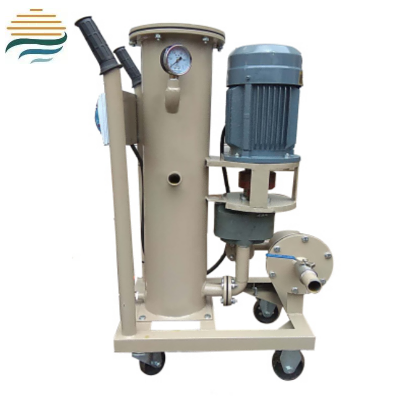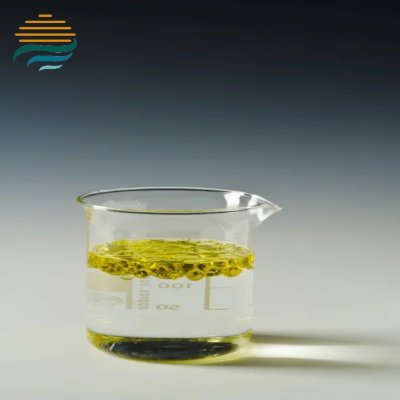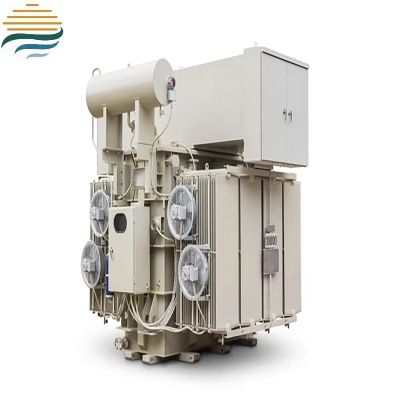Transformer Insulation Fluid U-10
Mineral oil extracted from natural petroleum as the most commonly used engineering liquid dielectric in transformers, in addition to having good insulating properties, it also plays an important role in the daily operation of the transformer heat dissipation and arc elimination. When the arc occurs inside the transformer, the transformer oil can quickly impact the arc, so that it is strongly cooled, so as to extinguish the arc.At the same time, the oil can also take away the heat and gas products from the discharge area, the discharge field area of the voltage down quickly, so that the discharge is effectively controlled.
Product Details:Transformer Insulation Fluid U-10
Formulated from naphthenic raw materials without the inclusion of antioxidants, Haikun Naphthenic Transformer Oil stands out for its superior electrical insulation properties, inherent antioxidant strength, and efficient heat exchange capabilities. It is suitable for use in transformer grids, industrial transformers, and a variety of electrical devices, including rectifiers, breakers, and switches.
PARAMETER:
Sports Event | IEC60296:2020 TVBUs (LCSET-30°C) Quality indicators | Typical properties | Test Methods |
Functional characteristics | |||
Pour Point/°C | ≯-20 | -25 | ISO 3016 |
Kinematic viscosity (40°C)/(mm²/s) | ≯12 | 11.5 | ISO 3104 |
Kinematic viscosity (-30°C)/(mm²/s) | ≯1800 | 1400 | |
Water content/(mg/kg) | ≯30 | 18 | IEC 60814 |
Breakdown voltage/kV | - | - | IEC 60156 |
-Untreated oil | ≮30 | 40-70 | |
-Treated oil | ≮70 | >70 | |
Density (20°C)/(kg/m³) | ≯895 | 889 | ISO 12185 |
Dielectric loss factor (90°C) | ≯0.005 | <0.001 | IEC 60247 |
Refining/stabilizing properties | |||
saturation (color theory) | ≯1.5 | 0.5 | ISO 2049 |
exterior condition | Clear and transparent, no precipitation | Clear and transparent, no precipitation | visual assessment |
Acid value/(mgKOH/g) | ≯0.01 | <0.01 | IEC 62021-1 |
Interfacial tension/(mN/m) | ≮40 | 46 | ASTMD 971 |
corrosive sulfur | non-corrosive | non-corrosive | DIN 51353 |
corrosive sulfur | - | non-corrosive | ASTMD 1275B |
Potentially corrosive sulfur | non-corrosive | non-corrosive | IEC62535 |
DBDS/(mg/kg) | Not detectable (<5) | not detected | IEC 62697-1 |
Antioxidant content/% | Not detectable (<0.01) | not detected | IEC 60666 |
Metal passivator/(mgkg) | Not detectable (<5) | not detected | IEC 60666 |
2-Furfural content and related substances (single component) (mg/kg) | Not detectable (<0.05) | <0.01 | IEC 61198 |
Operational characteristics | |||
Chlorine stability (164h) | - | - | IEC 61125 |
--Total acid value (mg KOH/g) | ≯1.2 | 0.70 | |
-- Oil sludge/% | ≯0.8 | 0.35 | |
--Dielectric loss factor (90°C) | ≯0.500 | 0.040 | IEC 60247 |
1. Market Research Analysis
Transformer safety is a pressing concern across the globe, affecting nations at all levels of development. Transformer malfunctions, accompanied by arcs, discharges, and intense combustion, can spiral into electrical disasters like short circuits, equipment failures, and even devastating fires, causing widespread disruptions and tragic losses. Hence, ensuring the continuous and secure operation of transformers is a matter of global importance.
Transformer oil, as the key insulating component, plays a pivotal role in safeguarding transformers and the power grid. Mineral oil, first used as transformer oil in 1887, has maintained its dominance due to its accessibility, affordability, and exceptional insulating capabilities. Polychlorinated biphenyls (PCBs) entered the scene as a synthetic alternative in 1931, while silicone oil joined the fray in 1956. Nevertheless, mineral transformer oil continues to play a vital role in ensuring the insulation of electrical assets.
2. Physical and Chemical Performance Testing
Acid value and alkalinity: acid value is an important indicator of the degree of aging of transformer oil, too high acid value may indicate that there are too many acids in the oil, which will corrode the equipment and reduce the insulating properties. Alkalinity may reflect the antioxidant performance of the oil.
Anti-foaming: transformer oil is easy to produce bubbles when it is heated or pressurized, if the water content in the oil is too high, the bubbles are not easy to eliminate, which will affect the performance of the oil, so it is necessary to test its anti-foaming.
Own Factory
Employees at Working
Canned Oil Products
Transportation
Corporate Culture
Embracing lifelong learning is a cornerstone of our corporate ethos. Amidst the relentless pace of change, we foster an environment where our team members relentlessly pursue fresh knowledge and abilities, nurturing a perpetual sense of wonder and inquiry. Leveraging internal workshops, external collaborations, and diverse methods, we collaborate to cultivate a learning-centric organization, ensuring that individual advancement and organizational progression harmoniously align.
Customer Reviews
"From Turkey, I must say that Haikun Petrochemical's commitment to quality and customer satisfaction is unparalleled. Their industrial lubricants are of superior quality, and their logistics system is efficient and reliable." — Turkey, Ahmet Ali


